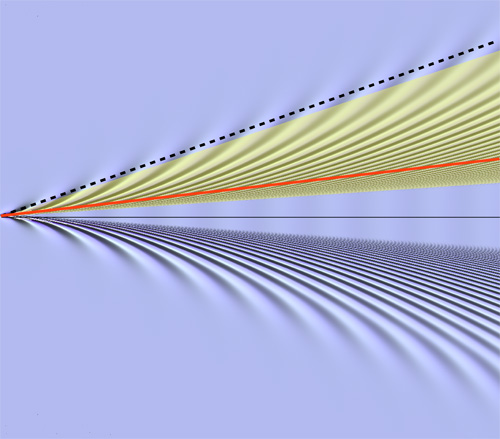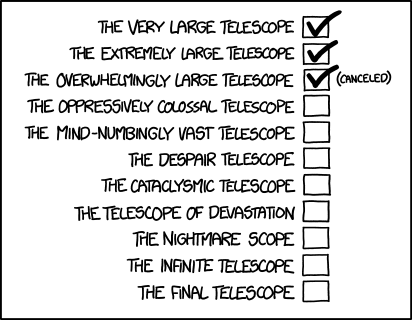Tag archives: mathematics
Spacecraft duets, suprise supernovae, the dark side of physics and more
By Tushna Commissariat
While you would not actually be able to hear the uplifting notes of the music in the vast emptiness of space, a newly composed string and piano orchestral piece has unexpected ties to the cosmos. That’s because it is based on 36 years’ worth of data from NASA’s Voyager 1 and 2 spacecraft. Domenico Vicinanza, a trained musician with a PhD in physics who works at GÉANT, a European data-network company, says that he “wanted to compose a musical piece celebrating Voyager 1 and 2 together, so I used the same measurements (proton counts from the cosmic-ray detector over the last 37 years) from both spacecrafts, at the exactly same point in time, but at several billions of kilometres of distance [of] one from the other”. The result of this “data sonification” is a rather beautiful piece of music – one of the best examples of physics and the arts coming together that we have heard. Of course, the story garnered considerable interest…you can read more about on the Wired and Guardian websites.
View all posts by this author | View this author's profile
Pop-culture mathematics
By Tushna Commissariat
Earlier this week I went to hear a talk about mathematics…and The Simpsons. That’s right, I am indeed referring to the long-running animated TV show that is a satirical parody of middle-class American life and its unexpected but concrete mathematical vein. Surprising as it may sound, some of show’s scriptwriters have degrees in maths and physics, meaning that some very advanced concepts, problems and ideas from all of 20th-century mathematics and physics are littered around many of the show’s 535 episodes. Regular Physics World readers will have already seen that we have released the shortlist for our Book of the Year 2013 and that physicist and science communicator Simon Singh’s latest offering – The Simpsons and their Mathematical Secrets – is one of 10 books on the list. I had the happy job of reading and reviewing Singh’s book for our “Between the lines: Christmas special” section in the December issue of the magazine.
View all posts by this author | View this author's profile
Safe graphene, Martian mollycoddling, mathematical tales and more
By Tushna Commissariat
Just when we thought that it couldn’t possibly have any more practical applications, everybody’s favourite “wonder material” graphene is going to be used to develop “stronger, safer, and more desirable condoms”. Thanks to a Grand Challenges Explorations grant of £62,123 from the Bill and Melinda Gates Foundation, scientists at the University of Manchester will use graphene to develop new “composite nanomaterials for next-generation condoms, containing graphene”. Unsurprisingly, the story made all the national newspapers with the BBC, the Guardian, the Telegraph and the Independent all having their say. The Guardian also noted that industrial graphene-producer Applied Graphene Materials’ shares jumped by 40% during its stock-market debut, the day before the above story broke. You can read more about graphene’s many potential applications on page 50 of Physics World’s anniversary issue, a free PDF download of which is available here.
View all posts by this author | View this author's profile
Reawakening the Kelvin wake

Wake angles: the black dashed line shows the outer edge of the wake and is at the angle predicted by Lord Kelvin. The red line shows the maximum amplitude of the wake and is at the angle predicted by Marc Rabaud and Frédéric Moisy. (Courtesy: A Darmon, M Benzaquen, E Raphaël)
By Hamish Johnston
Loyal readers may recall that earlier this year we published a news article entitled “Physicists rethink celebrated Kelvin wake pattern for ships” that reported on work done by two French physicists. While looking at Google Earth images of ships moving through the sea, Marc Rabaud and Frédéric Moisy noticed that some of the wakes did not conform to a prediction made years ago by Lord Kelvin, the renowned Victorian physicist, engineer and entrepreneur.
View all posts by this author | View this author's profile
